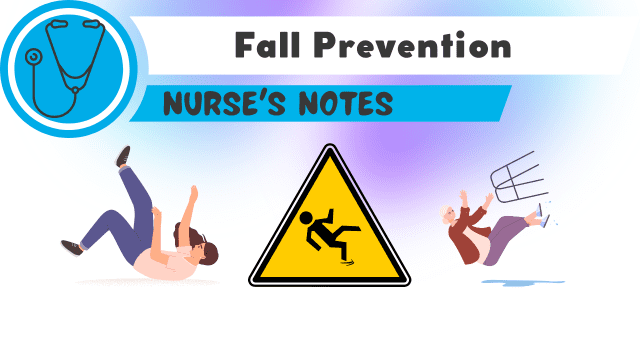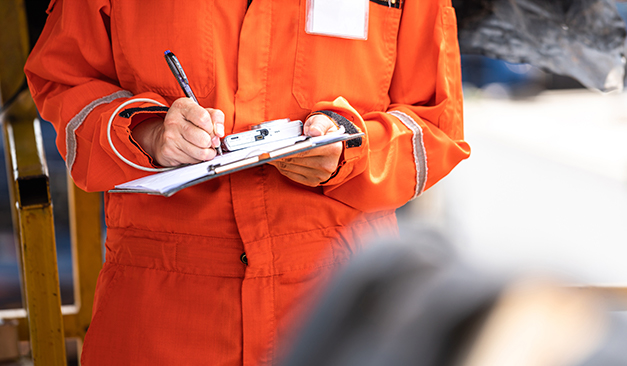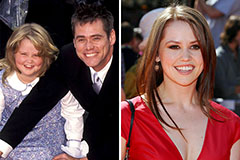6 Simple Techniques For Dementia Fall Risk
Table of ContentsThe 8-Minute Rule for Dementia Fall RiskThe 8-Second Trick For Dementia Fall RiskFascination About Dementia Fall Risk10 Simple Techniques For Dementia Fall Risk
A loss danger evaluation checks to see exactly how likely it is that you will certainly fall. It is primarily provided for older adults. The evaluation usually consists of: This includes a series of inquiries about your overall wellness and if you have actually had previous drops or issues with equilibrium, standing, and/or strolling. These tools evaluate your strength, balance, and stride (the means you walk).STEADI includes testing, examining, and intervention. Treatments are suggestions that might lower your risk of falling. STEADI consists of 3 actions: you for your danger of falling for your risk factors that can be boosted to try to stop falls (as an example, equilibrium troubles, impaired vision) to minimize your threat of falling by using reliable approaches (for example, giving education and learning and resources), you may be asked numerous questions consisting of: Have you dropped in the past year? Do you feel unstable when standing or strolling? Are you stressed over falling?, your company will certainly test your strength, balance, and gait, utilizing the complying with fall assessment tools: This test checks your stride.
You'll rest down again. Your company will certainly inspect exactly how lengthy it takes you to do this. If it takes you 12 secs or even more, it might imply you go to greater danger for a fall. This test checks stamina and balance. You'll being in a chair with your arms went across over your chest.
The positions will certainly obtain tougher as you go. Stand with your feet side-by-side. Relocate one foot midway forward, so the instep is touching the large toe of your various other foot. Relocate one foot completely in front of the other, so the toes are touching the heel of your various other foot.
The 8-Minute Rule for Dementia Fall Risk
A lot of drops happen as an outcome of several adding variables; therefore, taking care of the risk of dropping begins with determining the elements that contribute to fall threat - Dementia Fall Risk. A few of the most appropriate danger aspects consist of: History of prior fallsChronic medical conditionsAcute illnessImpaired gait and balance, lower extremity weaknessCognitive impairmentChanges in visionCertain risky medicines and polypharmacyEnvironmental variables can additionally increase the danger for falls, including: Inadequate lightingUneven or damaged flooringWet or unsafe floorsMissing or damaged hand rails and get hold of barsDamaged or incorrectly equipped tools, such as beds, wheelchairs, or walkersImproper use assistive devicesInadequate guidance of the individuals living in the NF, including those who exhibit aggressive behaviorsA successful autumn threat monitoring program needs a thorough clinical evaluation, with input from all participants of the interdisciplinary group

The care strategy should additionally include treatments that are system-based, such as those that advertise a secure environment (proper illumination, hand rails, get hold of bars, etc). The performance of the treatments ought to be evaluated periodically, and the treatment plan changed as necessary to show changes in the fall risk assessment. Carrying out a loss risk management system utilizing evidence-based ideal practice can reduce the prevalence of falls in the NF, while limiting the capacity for fall-related injuries.
Dementia Fall Risk Things To Know Before You Buy
The AGS/BGS guideline suggests evaluating all grownups aged 65 years and older for loss danger yearly. This screening includes asking people whether they have dropped 2 or even more times in the past year or looked for clinical focus for a loss, or, if they have actually not fallen, whether they feel unstable when strolling.
Individuals that have fallen when without injury needs to have their balance and gait examined; those with stride or equilibrium abnormalities need to receive added assessment. A history of 1 loss without injury and without gait or balance troubles does not necessitate further assessment beyond continued yearly fall risk screening. Dementia Fall Risk. A fall danger assessment is required as component of the Welcome to Medicare examination

5 Easy Facts About Dementia Fall Risk Shown
Documenting a drops history is among the top quality indications for autumn avoidance and administration. An important part of threat evaluation is a medicine testimonial. A number of classes of medicines raise autumn threat (Table 2). copyright drugs in certain are independent forecasters of drops. These medicines have a tendency to be sedating, change click over here now the sensorium, and impair balance and stride.
Postural hypotension can often be minimized by reducing the dose of blood pressurelowering drugs and/or stopping drugs that have orthostatic hypotension as an adverse effects. Use above-the-knee support tube and resting with the head of the bed boosted might additionally minimize postural decreases in blood pressure. The preferred aspects of a fall-focused physical assessment are shown in Box 1.

A TUG time higher than or equal to 12 seconds recommends high fall risk. Being not able to stand up from a chair of knee elevation without utilizing one's arms indicates raised loss danger.
 Alexa Vega Then & Now!
Alexa Vega Then & Now! Andrew Keegan Then & Now!
Andrew Keegan Then & Now! Seth Green Then & Now!
Seth Green Then & Now! Jane Carrey Then & Now!
Jane Carrey Then & Now! Sarah Michelle Gellar Then & Now!
Sarah Michelle Gellar Then & Now!